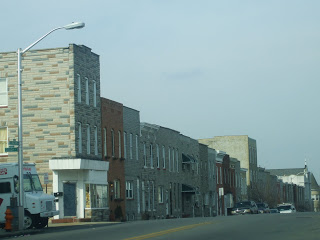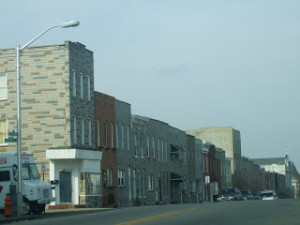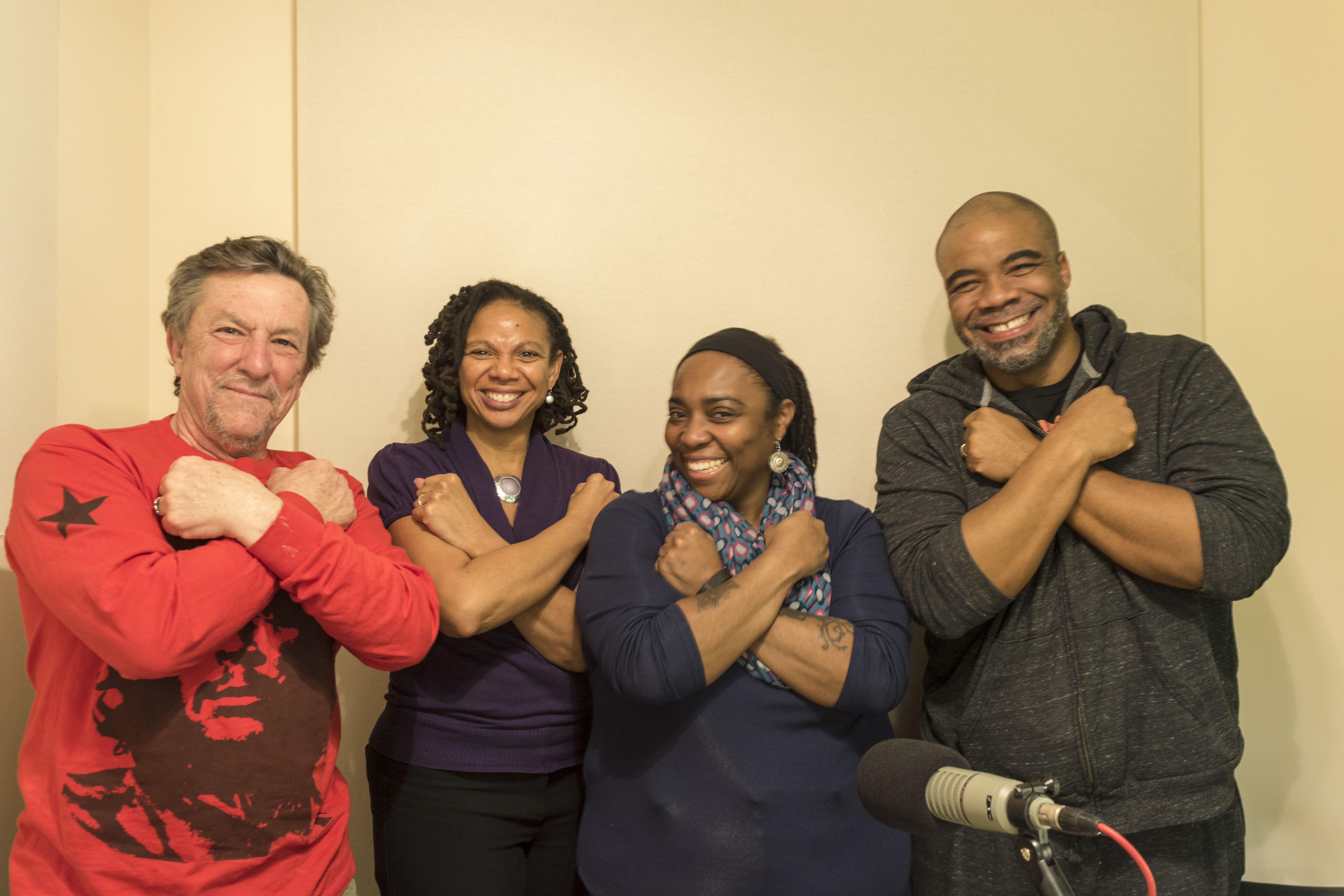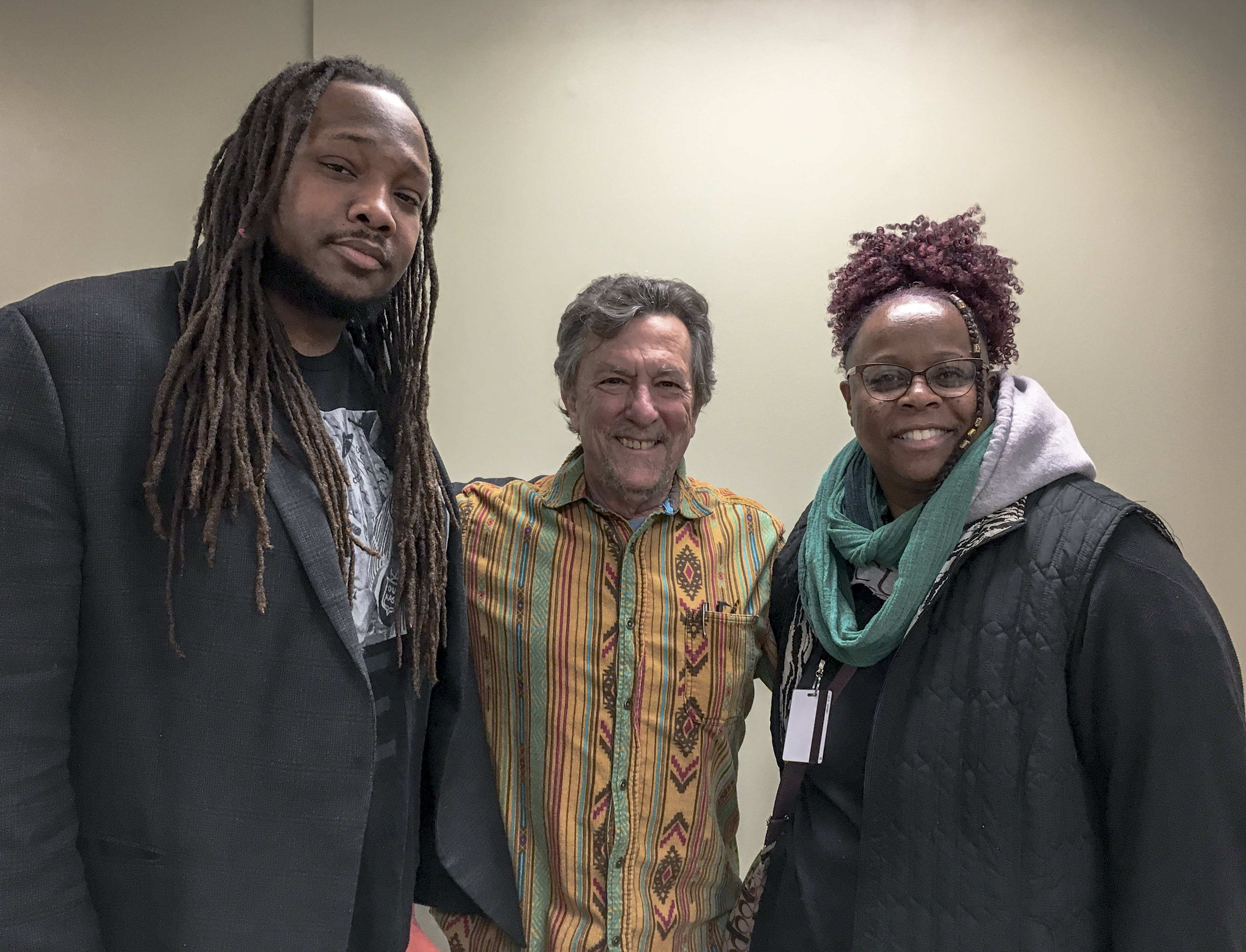
 July 22, 2013 – Segment 2
July 22, 2013 – Segment 2
The number of households relocated from the Middle East neighborhood of East Baltimore because of the 1.8 billion dollar, 88 acre redevelopment project run by EBDI [East Baltimore Development, Inc], is inconsistent across sources. The website for EBDI states 584 families have been relocated to “healthier neighborhoods” since the non-profit organization’s founding in 2003. The website does not seem to have any data more recent than 2010. The Annie E. Casey Foundation, a partner in the project, states that as of December 2010, 700 families have been relocated. The Community Housing and Relocation Work Group [CHRWG], which was established after the Save Middle East Action Committee [SMEAC] disbanded, states that more than 700 families have been displaced in the past decade.
Dr. Lawrence Brown, Assistant Professor of public health at Morgan State University and supporter of CHRWG, asserts that this displacement of the East Baltimore residents, whatever the number, is an American apartheid. Brown defines this as a government supported and enforced systematic segregation, displacement and land dispossession of a group of people. These actions advantage one group while disadvantaging another. Displacement disrupts a culture and cultural legacy. Residents are removed from their homes, their neighbors, and the community they know. It is an abuse of eminent domain.
Social activist Jude Lombardi wants entire communities, not just the affected individuals, to recognize this as gentrification and displacement and to participate in the fight against it. One suggestion by Lombardi, who is involved with the Gentrification (k)NOT Project in Station North, is to claim historical preservation of a neighborhood, such as Middle East. She encourages organization and participation by all; not just the people and community directly affected but everyone in the area. Whole participation can only be done when all who live in the area recognize that the displacement of one group does have a negative impact on the area as a whole. Lombardi encourages us to remember that we are a community. It is not just about a collective few, but an overall us. It is the we that can change this.
From the Discussion
Gentrification and Apartheid
“This redevelopment that involves eminent domain and displacement is a continuation of [urban removal]. And I think in order for us to combat it, we need to understand this history, we need to understand the totality of it, so we can apply solutions that will actually fit the problem. And the problem is much more massive than I think we’ve ever really understood. It is always involved for black people and poor people in this country.” -Dr. Lawrence Brown
“All of these processes and policies that contributed to pushing people out to certain areas or containing people to certain areas is all a part of this legacy of American apartheid.” -Dr. Lawrence Brown
Revitalization without Gentrification
“It’s not uncommon for one of the techniques to be to bring in artists to improve a neighborhood…Bring the artists in to make it better.” -Jude Lombardi
“We need to co-create a common vision, we need to articulate our desires, create networks for generating a society that we desire as a group; not just some of us but we.” -Jude Lombardi




